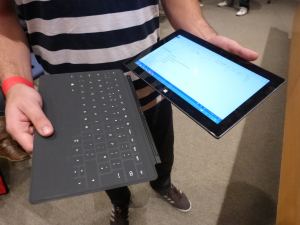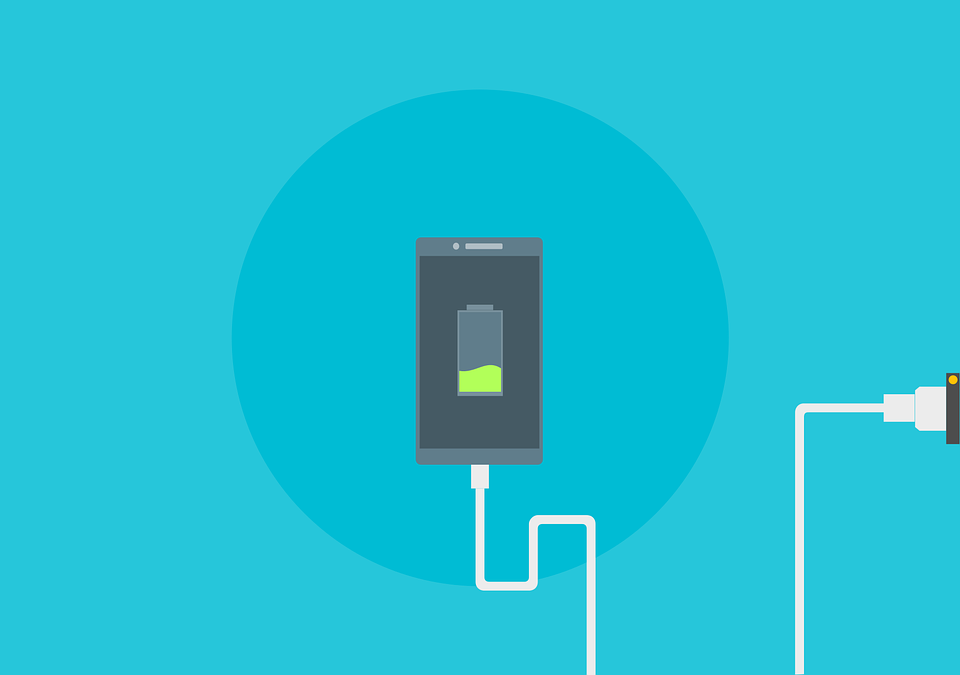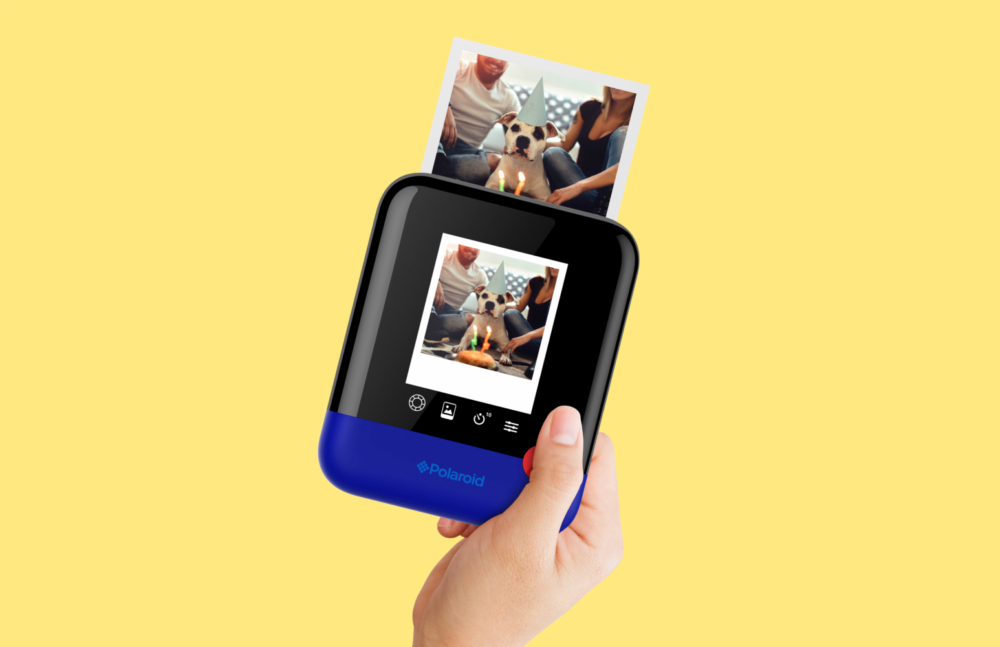[ot-caption title=”Microsoft has released several products over the past few years that are now taking over more of the still-lively laptop market and are inspiring intense copycat devices from competitors. (via, Microsoft Corporation)”]
With the successful release of two more installments of Microsoft’s versatile Surface line, the company continues to illustrate a common trend seen amongst consumers in the present day: people will buy lightweight electronics with multiple functionalities over traditional workstations. Two of Microsoft’s latest hybrid installments, the Surface Book and Surface Pro 4, are now being pitted against the newly released Apple iPad Pro, Lenovo IdeaPad Miix 700, and Toshiba Satellite Radius 12.
Currently, there are two separate lines of tablet/laptop devices housed under the metaphorical umbrella of the Surface line itself. All products made by Microsoft contain the new standard Windows 10 operating system that has interfaces designed with both a separate tablet experience and laptop landscape wrapped into a single package. However, it is the novel Surface Book (which deviates slightly from Surface Pro models) that is responsible for the greatest consumer interest. With a brushed aluminum frame and a higher quality metallic keyboard, “The Book” is easy to use with the inclusion of a button that automatically separates the main body from the high-tech keyboard. Its 3:2 screen aspect ratio makes the device (that is coupled with an uncommonly complex and all-encompassing electronic stylus) a useful tool for masters of digital arts, amateur art hobbyists, and student notetakers alike.
The tablets are quite customizable, with a variety of options including advanced versions of the new suite of Intel Skylake processors and graphics-intensive video cards. One interesting blueprint concept of the Surface Book is the placement of a sizable, customized Nvidia graphics chip within the keyboard base. This allows the laptop to function as a gaming PC. “The Book,” although lighter than many conventional laptops, is certainly not the lightest in it its class, as it weighs approximately 1.4 kg.

Microsoft’s Surface Pro 4 design team made various noticeable improvements to the Surface Pro 3, a device that began to slowly garner attention for the hybrid laptop movement. The Surface Pro 4 contains a larger screen, improved internal components, the redesigned advanced Microsoft electronic stylus, and slimmer casing that accounts for a decreased total weight.
Overall, the new Microsoft Surface devices represent significant improvements in the laptop replacement market. It will certainly be interesting to see how the profits are divided amongst the many companies competing for a spot at the top of the modern laptop design and function industry.
Sources: Engadget, The Verge, Wired , Microsoft, Tech Rader, Business Insider, Apple, CNET, Lenovo. Featured Photo: Micosoft Surface Logo
































![Stranger Things 4: What to Expect [Warning: Contains Spoilers]](https://pcpawprint.com/wp-content/uploads/2021/11/StrangerThings4-900x473.jpeg)





































































